Getting to a billion Windows lovers
Squaring the circle of making a platform company relevant cross-platform
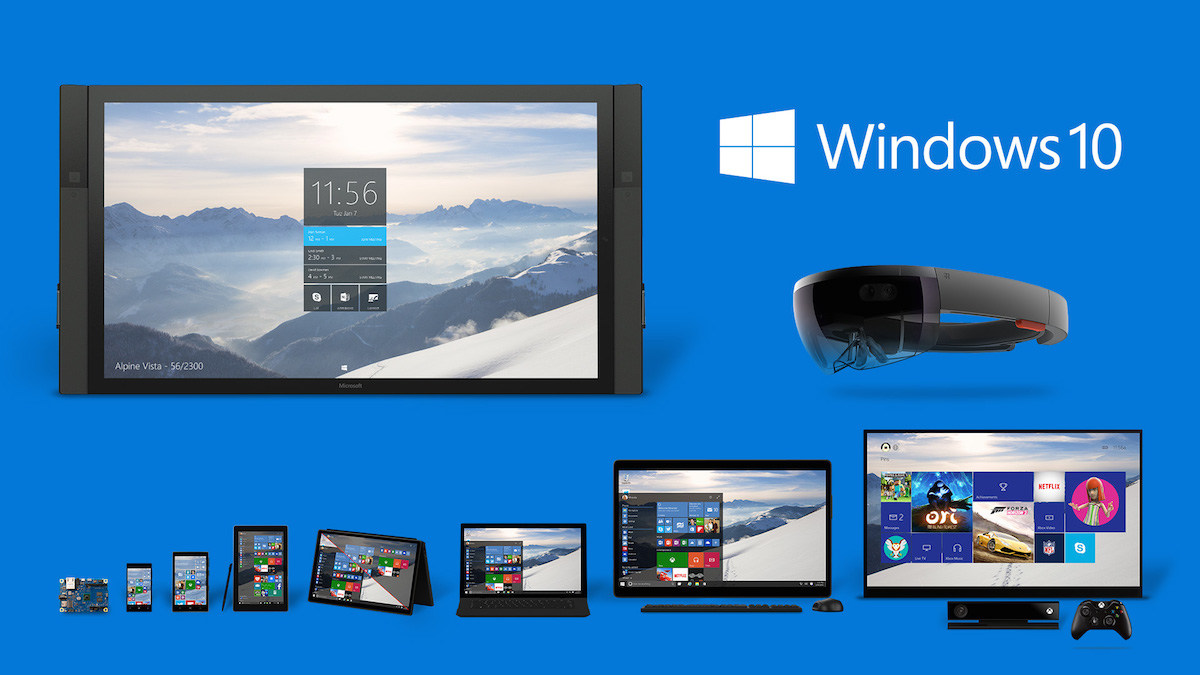

Microsoft, as CEO Satya Nadella reminded the attendees at its Build conference, was built by developers, for developers.
Some 40 years ago, Bill Gates and Paul Allen wrote Altair BASIC and, while many technologies have come and gone since then, Nadella said "What has remained constant is that ethos, that core that we are a developer company and a platform company first."
The conference's opening keynote was a chance to remind developers quite how many Microsoft platforms there are. In addition, it was an opportunity to enlist their help in getting to Microsoft's (very ambitious) goal of a billion devices running Windows 10 in the next two to three years and in making users want to upgrade rather than just adjusting to whatever version of Windows comes on a new PC.
"We want to move the users of Windows to move from needing Windows to choosing Windows to loving Windows," Nadella said.
Nadella concentrated less on Microsoft's cross-platform credentials and more on the power of Microsoft's many platforms. Putting .NET and Visual Code on Mac and Linux, and making it easy for developers to bring code from iOS and Android and the Web to Windows, are among the bridge-building steps Microsoft is taking to woo developers from other platforms onto Windows 10. They're intended as stepping stones to success rather than an admission of failure for the Windows Store and Windows Phone, although there is a danger that they turn into shortcuts to making Windows less interesting. This isbecause developers could get away with slapping an Android app into the Windows Store, rather than investing the time to take advantage of the platform features that make Windows different. Windows 10 doesn't need more apps at the expense of getting quality apps.
What Microsoft showed on Azure and in Office was more broadly cross platform. The new cloud data services on Azure are part of what Nadella called an "intelligent cloud back-end for the world's applications running on all devices" and the machine learning services are designed to be powerful enough and simple enough "so that every developer on every platform can build intelligent apps."
The Office 365 integration lets you use the intelligence and machine learning of the Office Graph with the breadth of cloud services like Salesforce and Trello and Twilio, as well as familiar enterprise tools like SAP. Add-ins that use the Office Graph will work just as well in Office for iPad as they will in Office for Windows 10, because it's Office-the-cloud-service' that's the platform then, rather than whatever device you happen to use them on.
Get the ITPro daily newsletter
Sign up today and you will receive a free copy of our Future Focus 2025 report - the leading guidance on AI, cybersecurity and other IT challenges as per 700+ senior executives
That's part of the "mobility of experience" that Nadella talks about. The idea being that users get the same platform on different devices that you interact with in different ways using voice or touch or a pen, or holograms for HoloLens. Going beyond just the mouse and keyboard, and beyond just the touch of other phones and tablets is where Microsoft hopes Windows 10 will really shine. That's why the very first demo in the keynote was David William Hearn, the composer behind the StaffPad app for writing music with a pen.
That's the kind of impressive app that you might expect to see on iPad instead of on a Windows tablet, but Hearn made it clear that he couldn't have developed it on another platform. "It was really the only platform that we could do this for," he said. "Because it really understands the difference between my fingers and the pen."
HoloLens is the most obvious example of Windows doing things that you simply can't do on another platform and the apps that you run on HoloLens are universal apps. Or take the Continuum features on a Windows phone. With the next generation of phone hardware, you'll be able to dock a phone the way you dock a tablet; connect it to a Bluetooth mouse and keyboard and an HDMI screen, and have it turn into, essentially, a PC.
The Start menu turns into a PC-style Start menu, and when you run universal apps like PowerPoint and Excel, they don't show you the phone interface on the big screen. Because it's the same binary, PowerPoint running from the phone on the big screen looks like the version of the universal PowerPoint app you'd get if you were running Windows 10 on a notebook. You don't get desktop things like Explorer, but you can create a new slide and put in a picture from OneDrive or the Photos app. You can also open Outlook and get the three-pane view of mail that you'd see with Outlook on a notebook, rather than the single pane you'd see on the phone normally.
The phone carries on working as a phone at the same time. You can turn it into a trackpad for navigating on the big screen, or you can look at your text messages without having those show up on screen, on top of the presentation you're giving. You can use the phone screen to copy information from a text message, and then use standard keyboard shortcuts like CTRL-V to paste that information into Excel.
That makes a Windows 10 phone a very compelling device, because it works like a phone when you want to use it like a phone and like a PC when you want to use it like a PC. And that will only work with universal apps which could be apps built specifically for Windows 10, or websites packaged up as Windows 10 apps, or iOS apps that have been imported through Visual Studio.
It's not, however, going to work for .NET and Win32 apps that have been packaged up for the Windows Store because those run in App-V containers. And it's definitely not going to work for Android apps that are running on the new Android sub-system in Windows 10, which Microsoft is hoping will be a short-term fix for the app gap' on Windows Phone, while developers build these new and much more interesting apps.
As with going cross-platform for its apps and services, Microsoft is trying to have its cake and eat it too with Windows 10. It wants to open the platform to as many developers as possible, and make it easy for them to bring their apps to Windows. However, it also wants to persuade them to invest in the platform and to take advantage of what makes Windows interesting and different. The cross-platform .NET and Objective C announcements certainly drew the most excitement during the keynote, apart from HoloLens. The question is how far that excitement transfers to building on Windows 10 itself.
Mary is a freelance business technology journalist who has written for the likes of ITPro, CIO, ZDNet, TechRepublic, The New Stack, The Register, and many other online titles, as well as national publications like the Guardian and Financial Times. She has also held editor positions at AOL’s online technology channel, PC Plus, IT Expert, and Program Now. In her career spanning more than three decades, the Oxford University-educated journalist has seen and covered the development of the technology industry through many of its most significant stages.
Mary has experience in almost all areas of technology but specialises in all things Microsoft and has written two books on Windows 8. She also has extensive expertise in consumer hardware and cloud services - mobile phones to mainframes. Aside from reporting on the latest technology news and trends, and developing whitepapers for a range of industry clients, Mary also writes short technology mysteries and publishes them through Amazon.
-
 Meta just revived plans to train AI models using European user data
Meta just revived plans to train AI models using European user dataNews Meta has confirmed plans to train AI models using European users’ public content and conversations with its Meta AI chatbot.
By Nicole Kobie
-
 AI is helping bad bots take over the internet
AI is helping bad bots take over the internetNews Automated bot traffic has surpassed human activity for the first time in a decade, according to Imperva
By Bobby Hellard
-
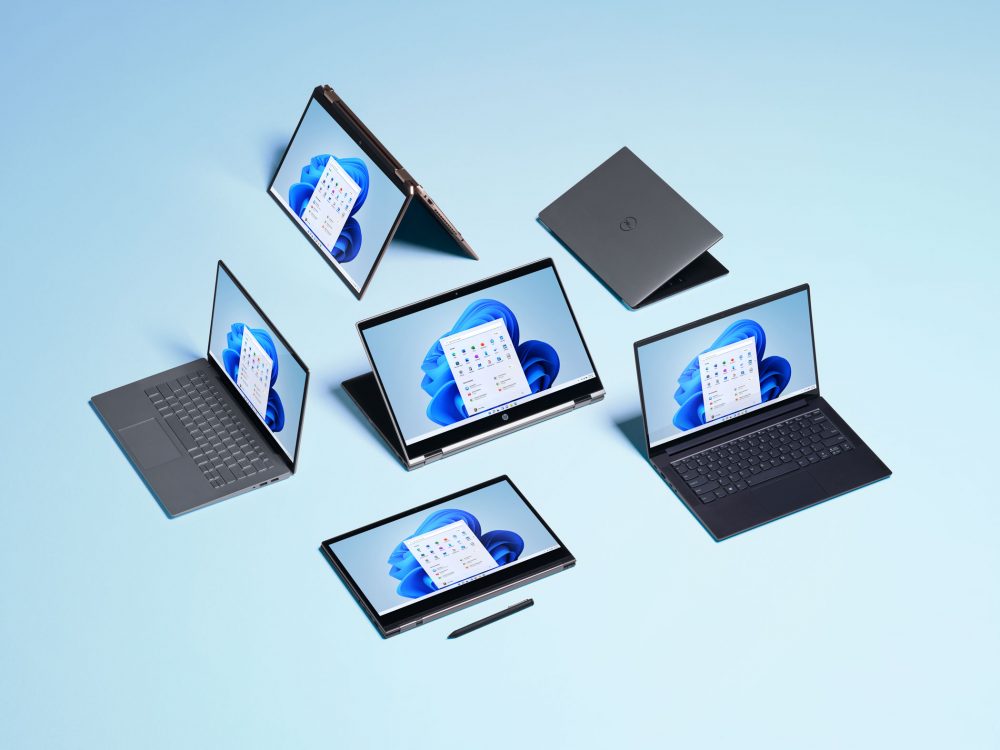 Windows 11 tips and tricks for IT professionals
Windows 11 tips and tricks for IT professionalsIn-depth Like many systems, Windows 11 has a slate of hidden tips and tricks for users looking to ramp up productivity
By John Loeppky
-
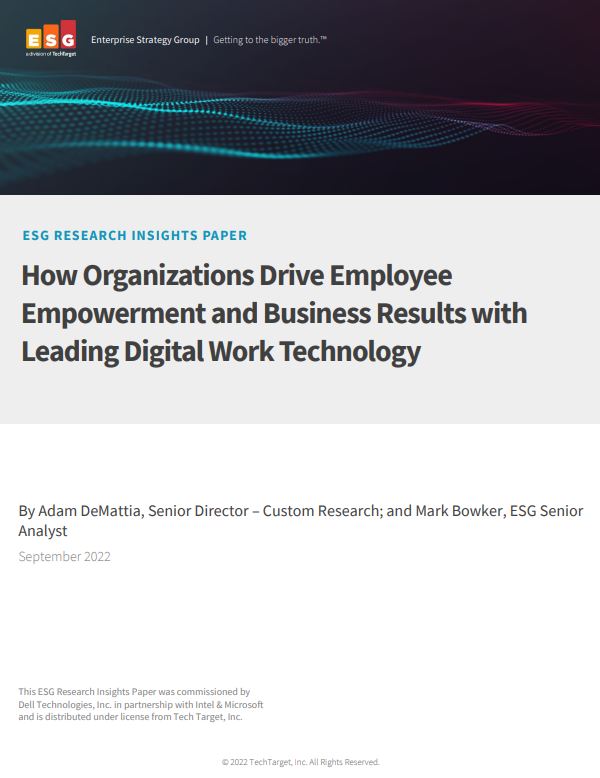 How organisations drive employee empowerment and business results with leading digital technology
How organisations drive employee empowerment and business results with leading digital technologyWhitepaper What you can achieve with a leading approach to digital work
By ITPro
-
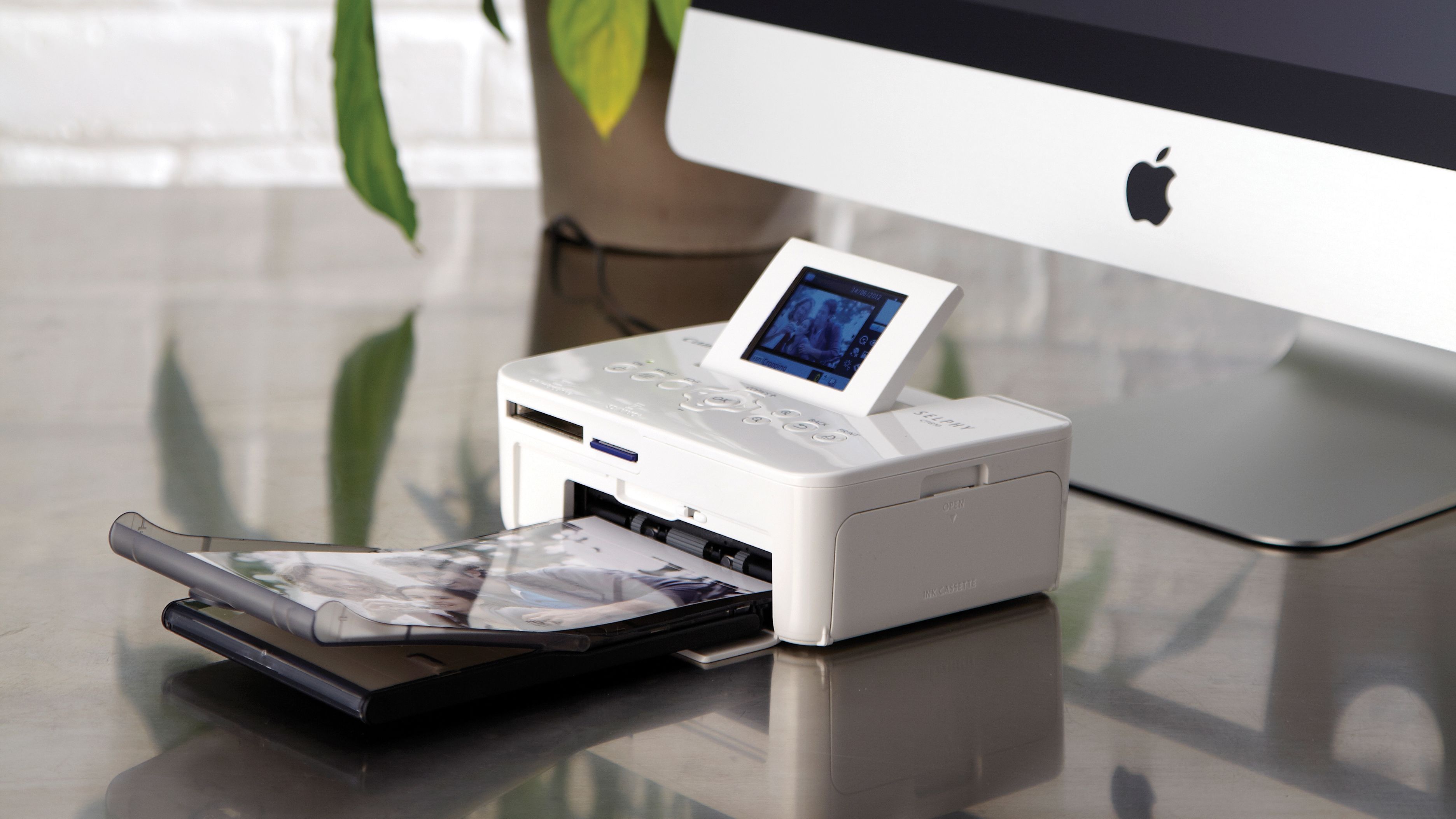 How to add a printer to macOS
How to add a printer to macOSTutorials Everything you need to know about connecting a printer to an Apple computer via cable, Wi-Fi or IP address
By Bobby Hellard
-
 How to make a printer shortcut in Windows 10
How to make a printer shortcut in Windows 10In-depth Quickly checking printer settings and the print tray just got a bit easier with these simple steps
By Rory Bathgate
-
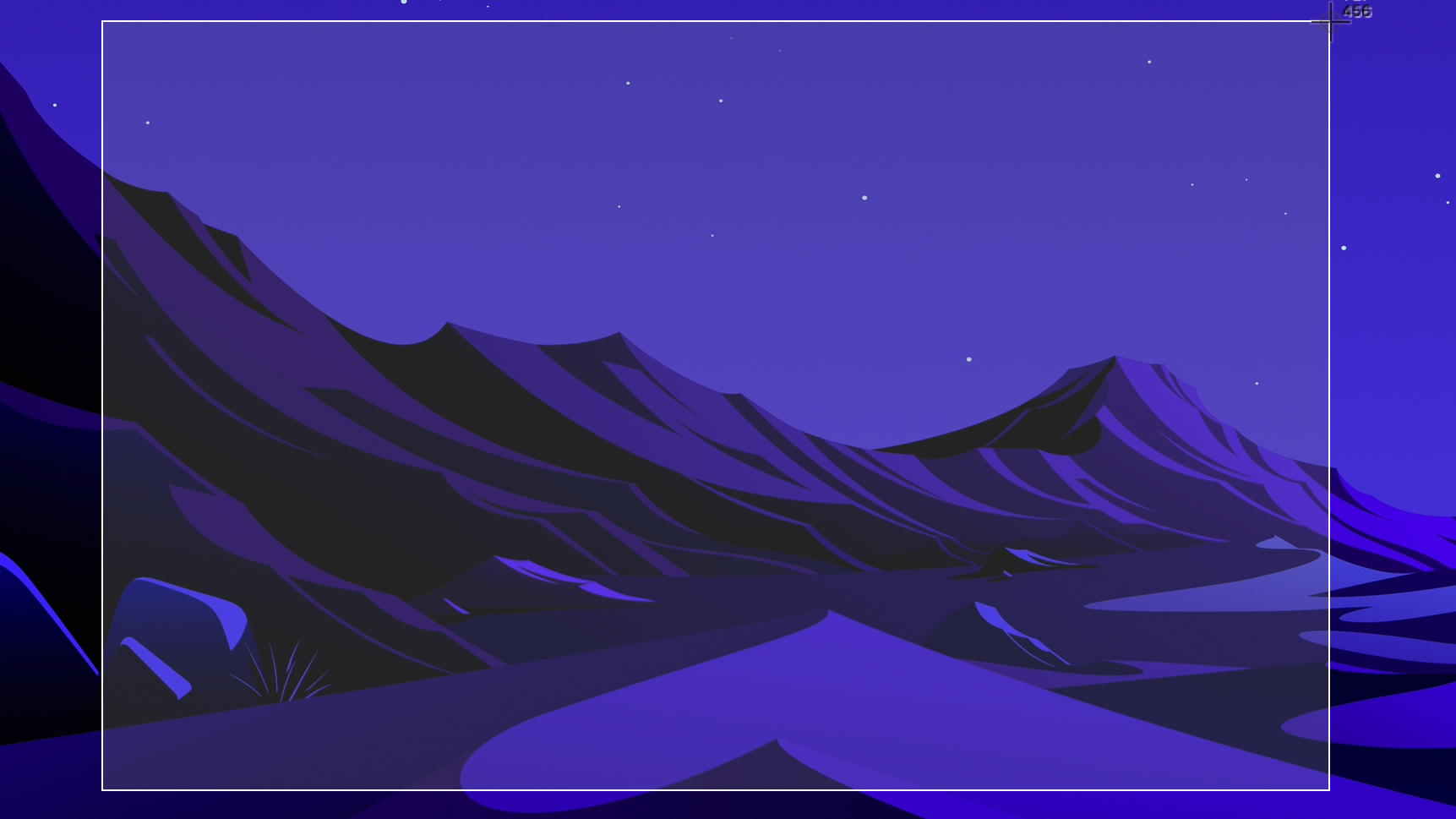 How to take a screenshot on MacOS
How to take a screenshot on MacOSTutorials We run you through the various ways to take a screenshot on MacOS, including how to capture tricky areas like the menu and touch bars
By Rory Bathgate
-
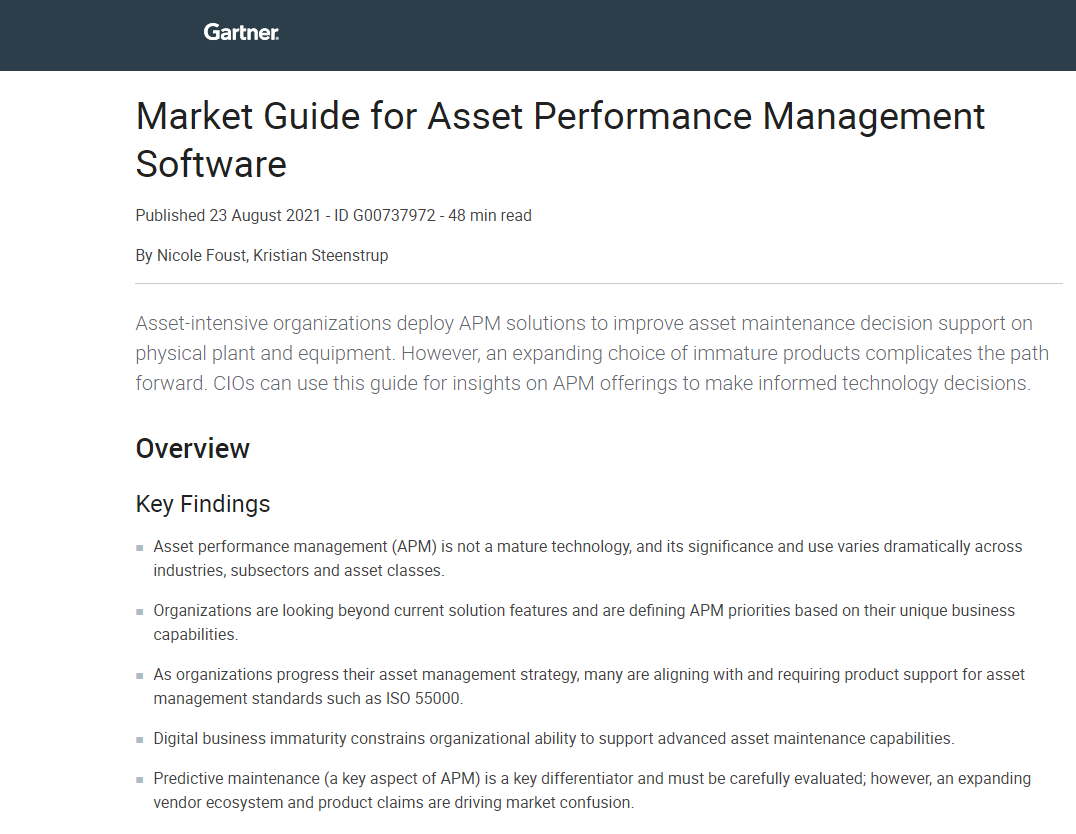 How to choose APM software for your business
How to choose APM software for your businessWhitepaper A market guide to Asset Management Performance software
By ITPro
-
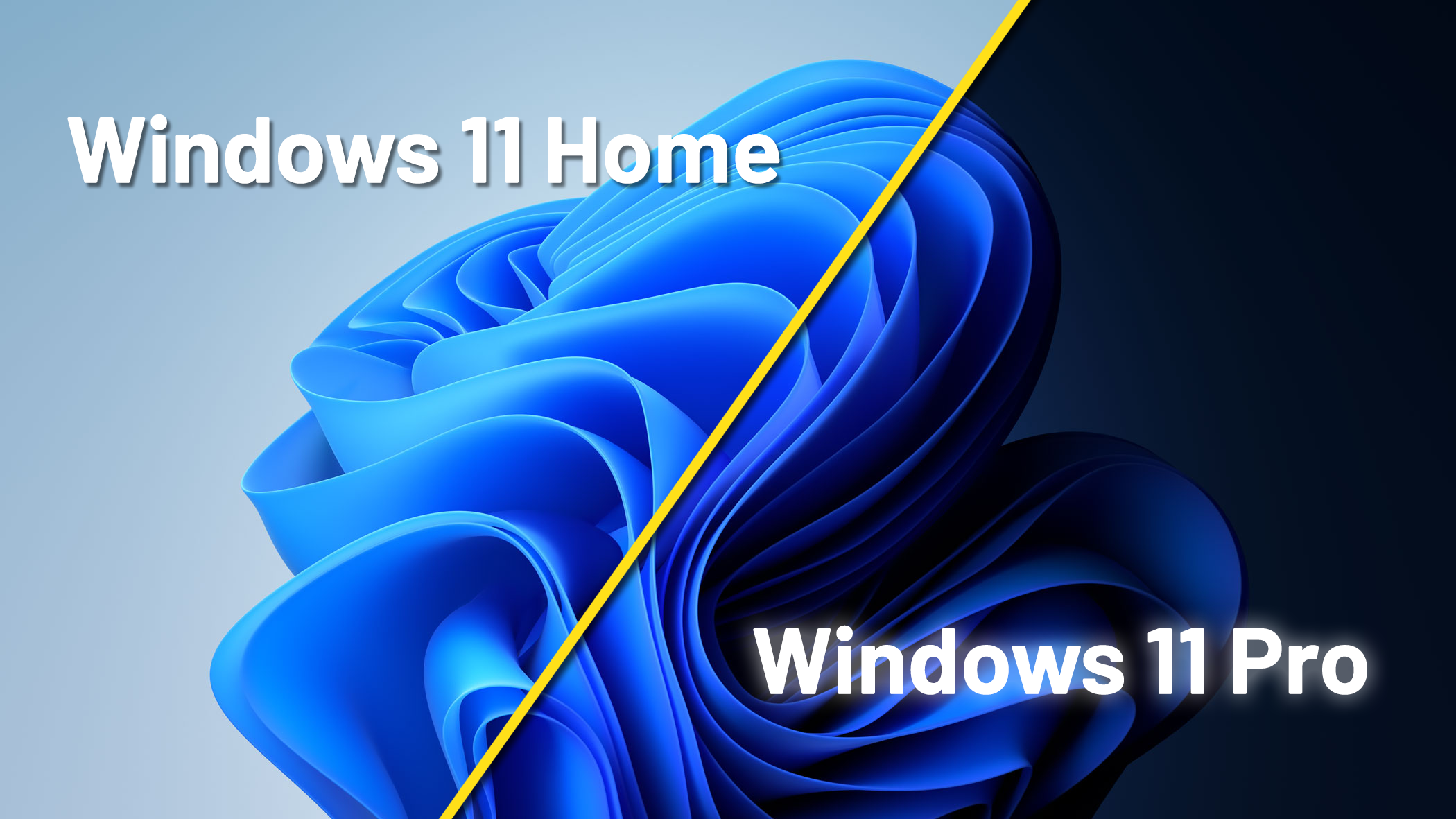 Windows 11 Home vs Pro: What's the difference for business users?
Windows 11 Home vs Pro: What's the difference for business users?Vs A comparison of the various features and tools available across Windows 11's Home and Pro versions
By Chris Merriman
-
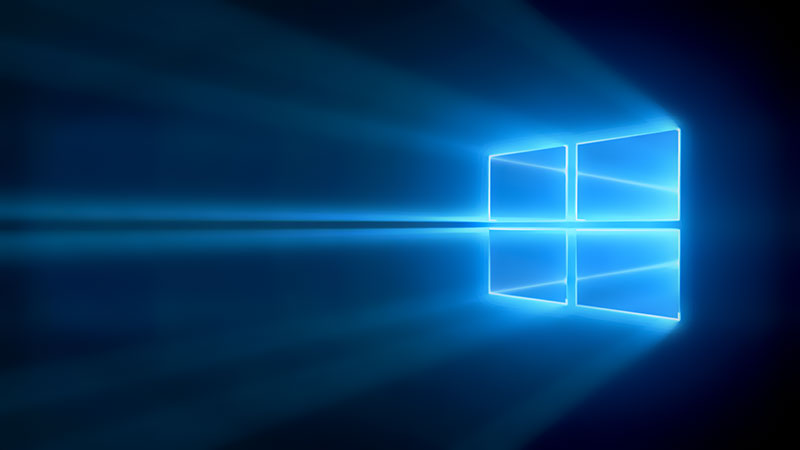 Windows 10 Pro vs Home vs Enterprise: Which is best for your business?
Windows 10 Pro vs Home vs Enterprise: Which is best for your business?Vs A guide to the various features available across each iteration of Microsoft's most popular operating system
By Daniel Todd